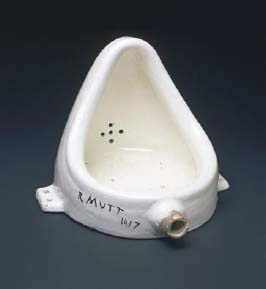Art Principles and HistoryIntroduction |
What is art? |
Since this is a book about the history of art, one might assume a definition of art itself would be straightforward—it is not. In a way, art is whatever a society identifies as such, a status often given to finely crafted works of beauty, works of religious and historic significance, and even theoretical significance. Works of art can include paintings, drawings, sculpture, and architecture, but can also include furniture, textiles, dance, performance, video, and installation pieces, among other forms.
The definition of art can change quite dramatically over time, from culture to culture, and even between individuals. A painted Greek vase, for example, was not considered valuable art by ancient Greek society. Today, however, ancient Greek pottery can fetch millions of dollars and prized examples are housed in top museums around the world. Two friends might visit a contemporary art gallery and completely disagree about the “art” contained within. The artist Marcel Duchamp shocked the art world when he submitted a porcelain urinal to an exhibition by the Society of Independent Artists in 1917. While the work, titled Fountain, was rejected, it is considered to be a masterpiece of the avant-garde movement and represents a monumental shift in thinking about art in the twentieth century.

Marcel Duchamp’s work is a bold statement. An upside-down urinal signed “R. Mutt 1917” that emphasizes the beauty of everyday objects. It was rejected by the Society of Independent Artists. (The Fountain. 1917 © succession Marcel Duchamp / ADAGP, Paris / Artists Rights Society (ARS), New York 2013.)
